One hundred years after the extinction of the passenger pigeon, the nation’s top bird science and conservation groups have pooled their resources to study the bird population. The result is a new report, The State of the Birds 2014 — the most comprehensive review of long-term trend data for birds across the United States ever conducted. The results of the findings are sobering.
The report finds bird populations declining across several key habitats, and includes a “watch list” of bird species in need of immediate conservation help.
After examining the population trends of birds in desert, sagebrush and chaparral habitats of the West, the report’s authors identify aridlands as the habitat with the steepest population declines in the nation. There has been a 46 percent loss of these birds since 1968 in states such as Utah, Arizona and New Mexico. Habitat loss and fragmentation due to development are the largest threats. These are also significant threats in the nation’s grasslands, where the report notes a decline in breeding birds, like the eastern meadowlark and the bobolink, of nearly 40 percent since 1968. That decline, however, has leveled off since 1990—a result of the significant investments in grassland bird conservation.
Knowing, however, is half the battle when it comes to conservation.
The report also reveals that in areas where a strong conservation investment has been made, bird populations are recovering. For example, the conservation efforts to preserve large swaths of forests through public-private partnerships in the Appalachian Mountains and the Northwest has helped declining forest-dependent species such as the golden-winged warbler and the oak titmouse. Recovery efforts in these habitats is essential;as forest-dependent birds have declined nearly 20% in the western U.S. since 1968, and 32% in the east. Our birds populations are dwindling.
“This report highlights the threats that birds face, but it also offers hope for their future if we act together,” said Wayne Clough, Secretary of the Smithsonian Institution. “I am gratified that the Smithsonian contributed to this important effort, which shows that collaboration among agencies and organizations can yield valuable insights into difficult challenges.”
“Because the ‘state of the birds’ mirrors the state of their habitats, our national wildlife refuges, national parks, national seashores, and other public lands are critical safe havens for many of these species—especially in the face of climate change—one of the biggest challenges to habitat conservation for all species in the 21st century,” said Secretary of the Interior Sally Jewell. “The U.S. Fish and Wildlife Service, National Park Service, Bureau of Land Management and other Interior agencies practice science-based, landscape-scale conservation of these lands and their wildlife in partnership with scientists at the U.S. Geological Survey. I am proud that these agencies have collaborated with the Smithsonian and many others on today’s report. The Department of the Interior looks forward to continued cooperation to address these habitat conservation challenges.”
The full report can be found at stateofthebirds.org.
[Image Credit: Wikipedia]




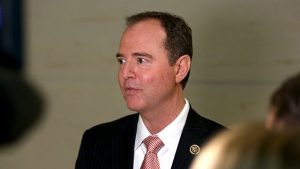
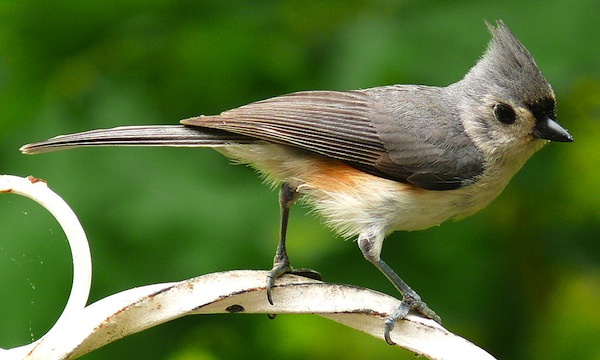



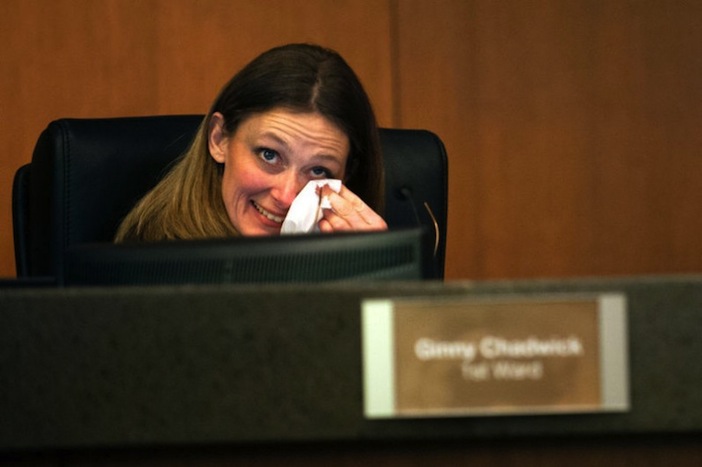
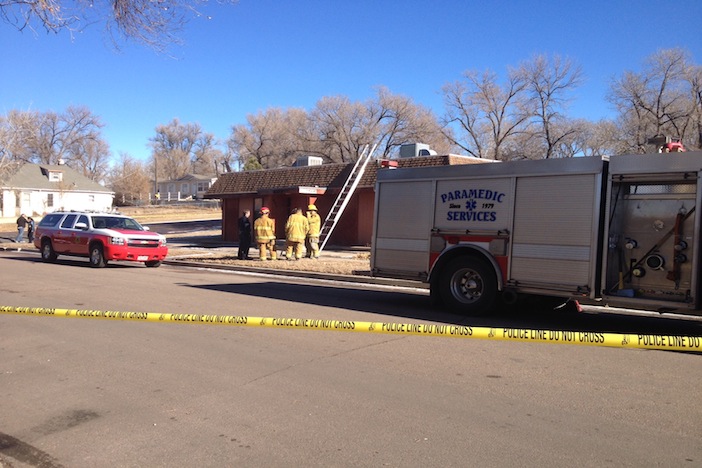

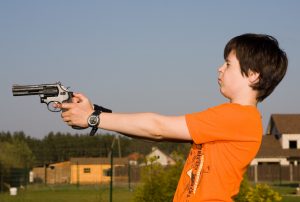
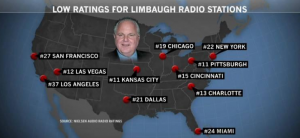
There were some great shots of the birds in that footage. I agree that saving the bird population is something that we need to be proactive about. I have always been a bird lover and I can’t imagine them not being on this planet. I hope that these groups can make a difference with the bird population.